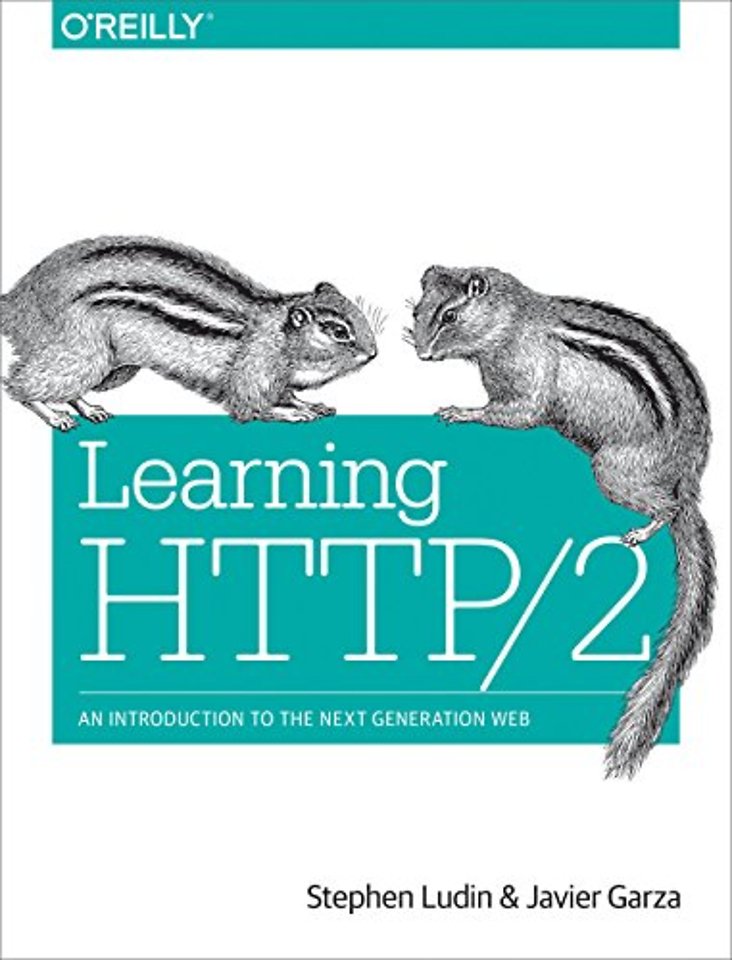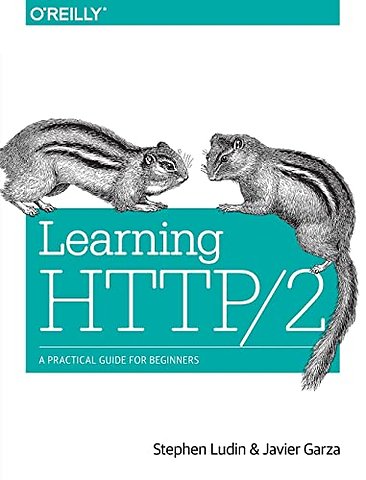


Stephen Ludin is a Chief Architect for Akamai’s Site Acceleration and Security group. He joined Akamai in 2002 and works out of Akamai’s west-coast headquarter in San Mateo, California.
Meer over de auteursLearning HTTP/2
A Practical Guide for Beginners
Paperback Engels 2017 1e druk 9781491962442Samenvatting
What can your organization gain by adopting HTTP/2? How about faster, simpler, and more robust websites and applications? This practical guide demonstrates how the latest version of the Hypertext Transfer Protocol can dramatically improve website and application performance. You’ll take a deep dive into HTTP/2 details, and learn how this updated protocol is changing the web landscape.
HTTP/1.1 has been the primary means of communicating data across the web for the past 20 years, but the level of interaction today has gone well beyond what people envisioned in 1997. With this book, authors Stephen Ludin and Javier Garza show you how HTTP/2 will help speed the execution of modern sites and applications.
With this book, you’ll explore:
- Performance challenges that led to the HTTP upgrade
- HTTP/2 in a nutshell, including benefits and transition methods
- Existing best practices and hacks to improve web performance
- HTTP/2 support for browsers, servers, proxies, and content delivery networks
- How the performance of sites using HTTP/2 compares to their HTTP/1.1 experience
- HTTP/2’s effect on specific issues such as latency, packet loss, and Time to First Byte (TTFB)
HTTP/2’s effect on specific issues such as latency, packet loss, and Time to First Byte (TTFB)
Specificaties
Lezersrecensies
Over Javier Garza
Inhoudsopgave
1. The Evolution of HTTP
HTTP/0.9 and 1.0
HTTP/1.1
Beyond 1.1
SPDY
HTTP/2
2. HTTP/2 Quick Start
Up and Running
Get a Certificate
Get and Run Your First HTTP/2 Server
Pick a Browser
3. How and Why We Hack the Web
Performance Challenges Today
Web Performance Techniques
Summary
4. Transition to HTTP/2
Browser Support
Moving to TLS
Undoing HTTP 1.1 “Optimizations”
Third Parties
Supporting Older Clients
Summary
5. The HTTP/2 Protocol
Layers of HTTP/2
The Connection
Frames
Streams
Server Push
Header Compression (HPACK)
On the Wire
Summary
6. HTTP/2 Performance
Client Implementations
Latency
Packet Loss
Server Push
Time to First Byte (TTFB)
Third Parties
HTTP/2 Anti-Patterns
Real-World Performance
Summary
7. HTTP/2 Implementations
Desktop Web Browsers
Mobile
Mobile App Support
Servers, Proxies, and Caches
Content Delivery Networks (CDNs)
Summary
8. Debugging h2
Web Browser Developer Tools
WebPagetest
OpenSSL
nghttp2
curl
h2i
Wireshark
Summary
Chapter 9What Is Next?
TCP or UDP?
QUIC
TLS 1.3
HTTP/3?
Summary
Appendix A: HTTP/2 Frames
Appendix B: Tools Reference
Index
Anderen die dit boek kochten, kochten ook
Rubrieken
- advisering
- algemeen management
- coaching en trainen
- communicatie en media
- economie
- financieel management
- inkoop en logistiek
- internet en social media
- it-management / ict
- juridisch
- leiderschap
- marketing
- mens en maatschappij
- non-profit
- ondernemen
- organisatiekunde
- personal finance
- personeelsmanagement
- persoonlijke effectiviteit
- projectmanagement
- psychologie
- reclame en verkoop
- strategisch management
- verandermanagement
- werk en loopbaan





